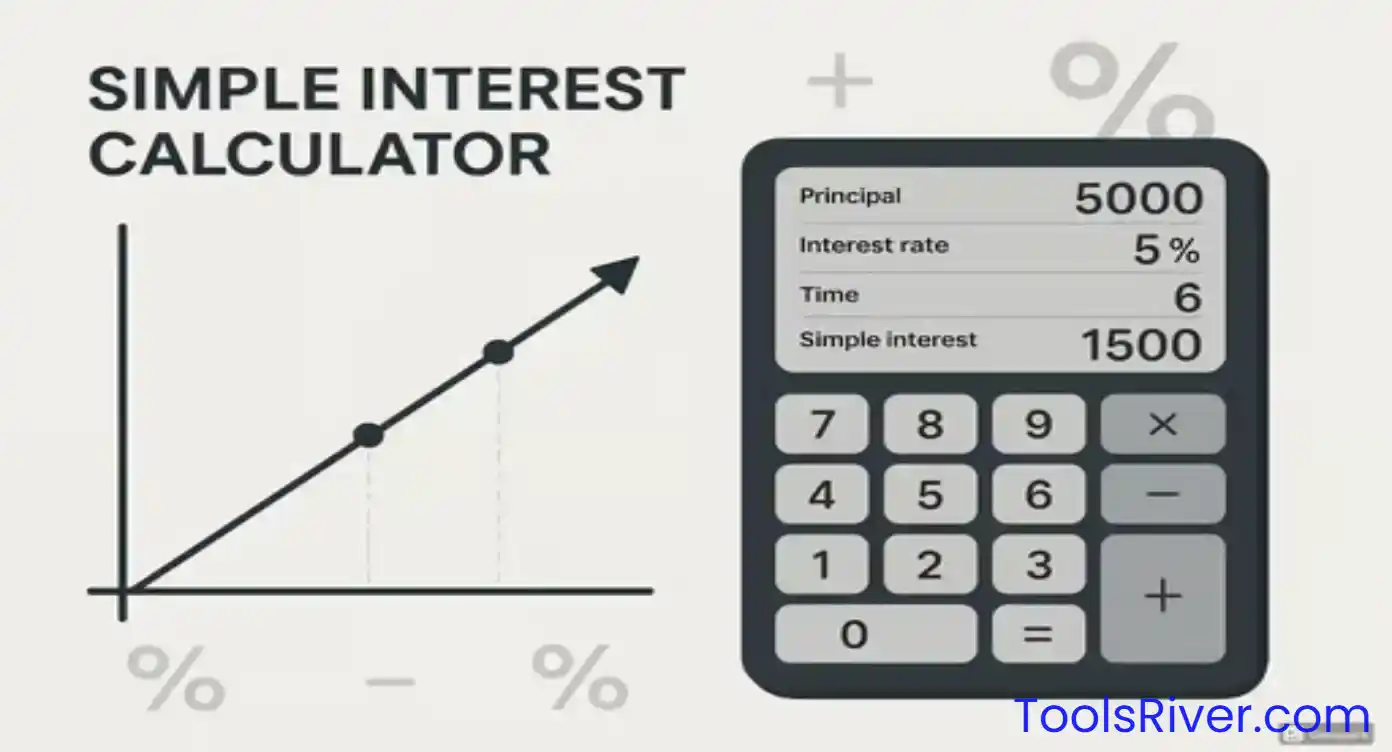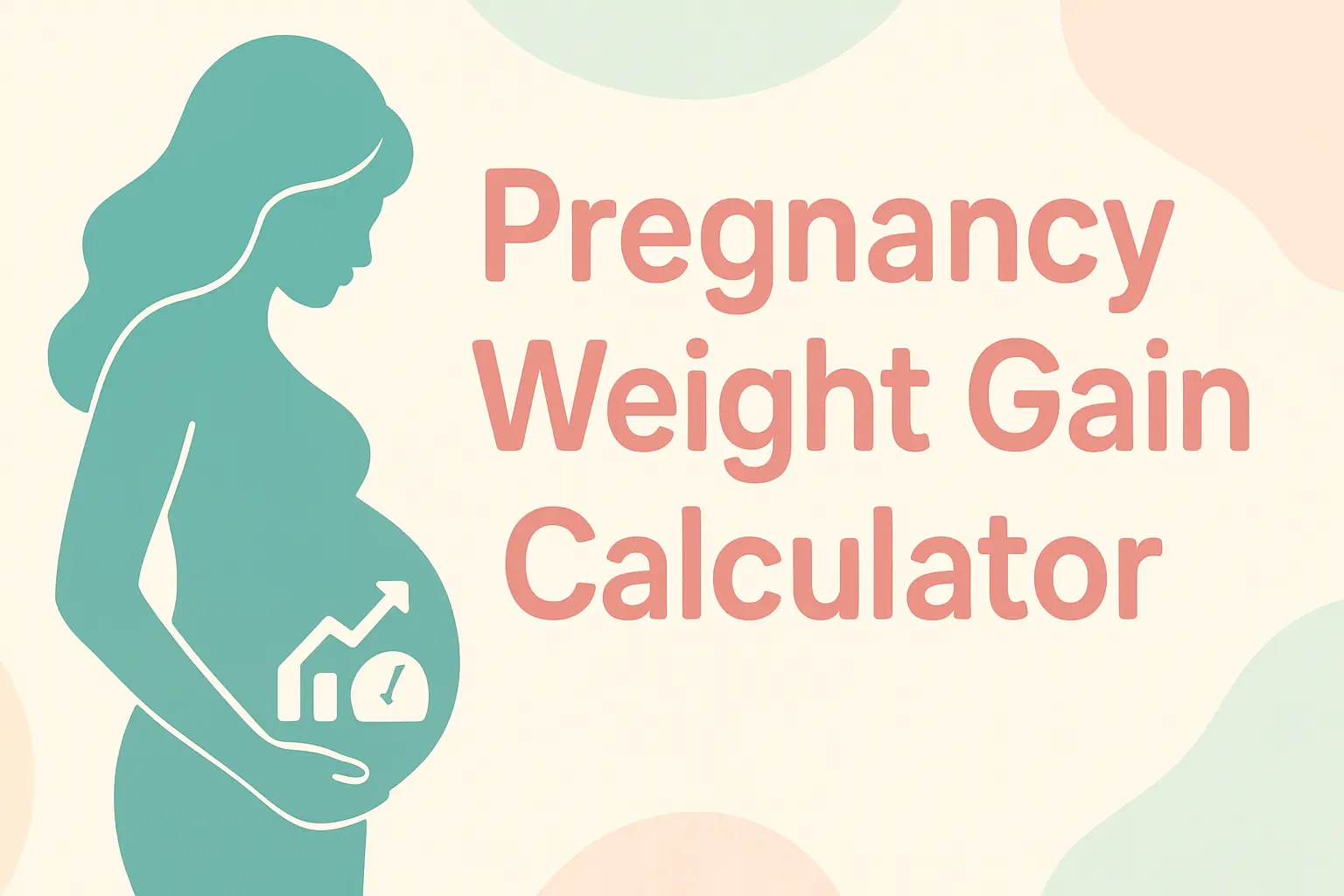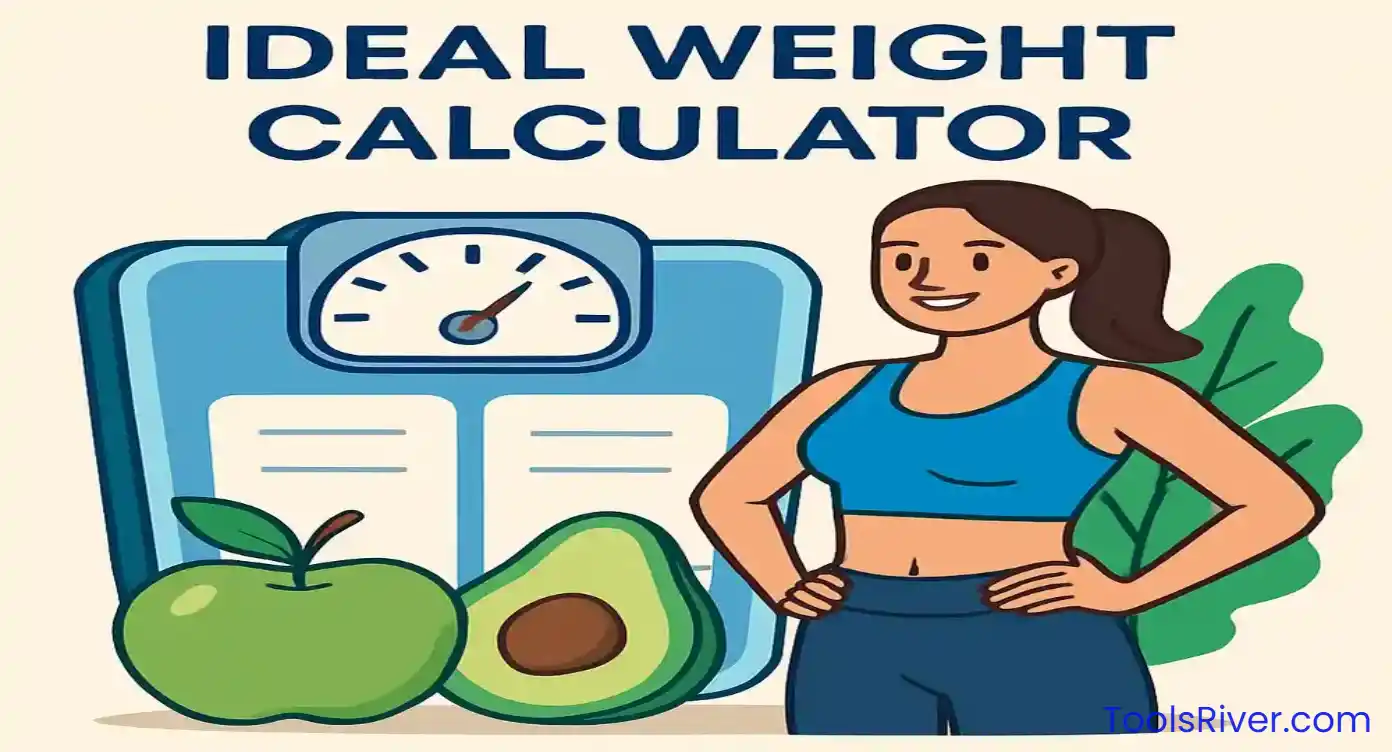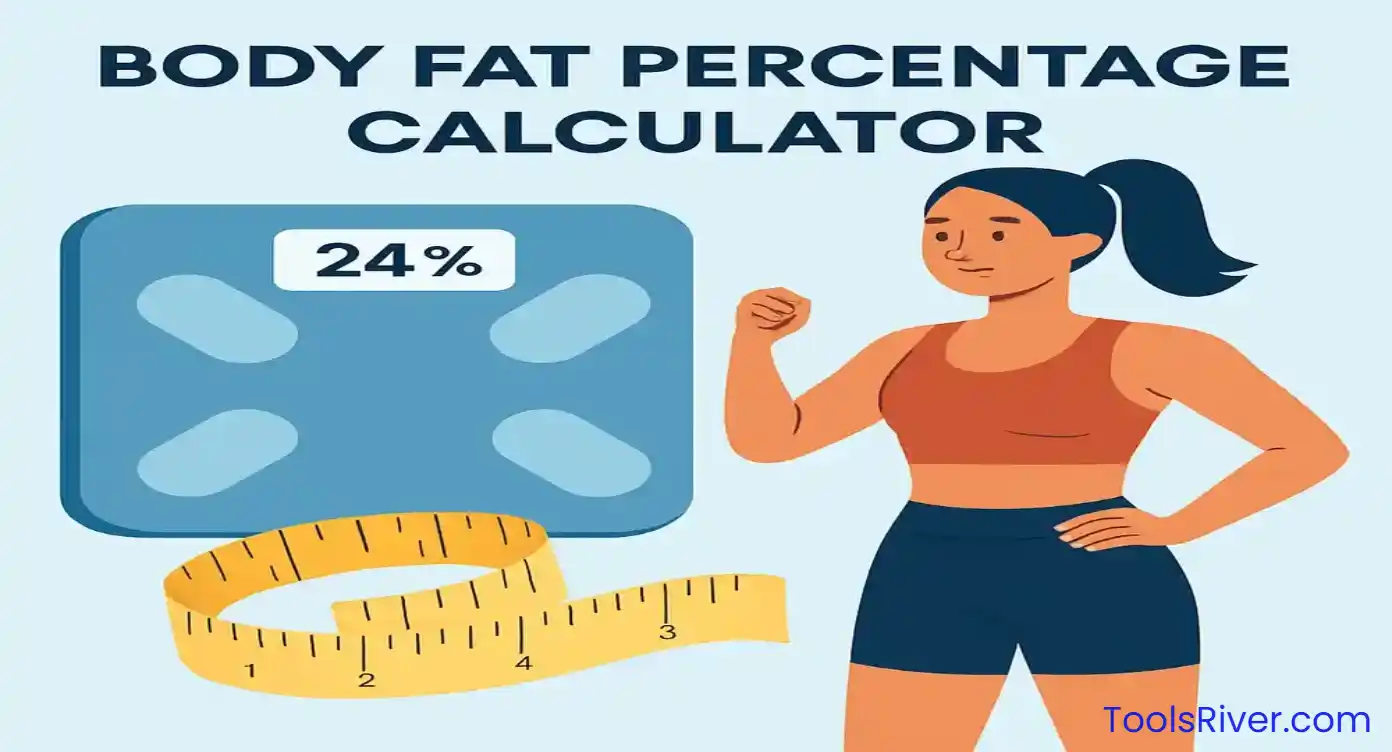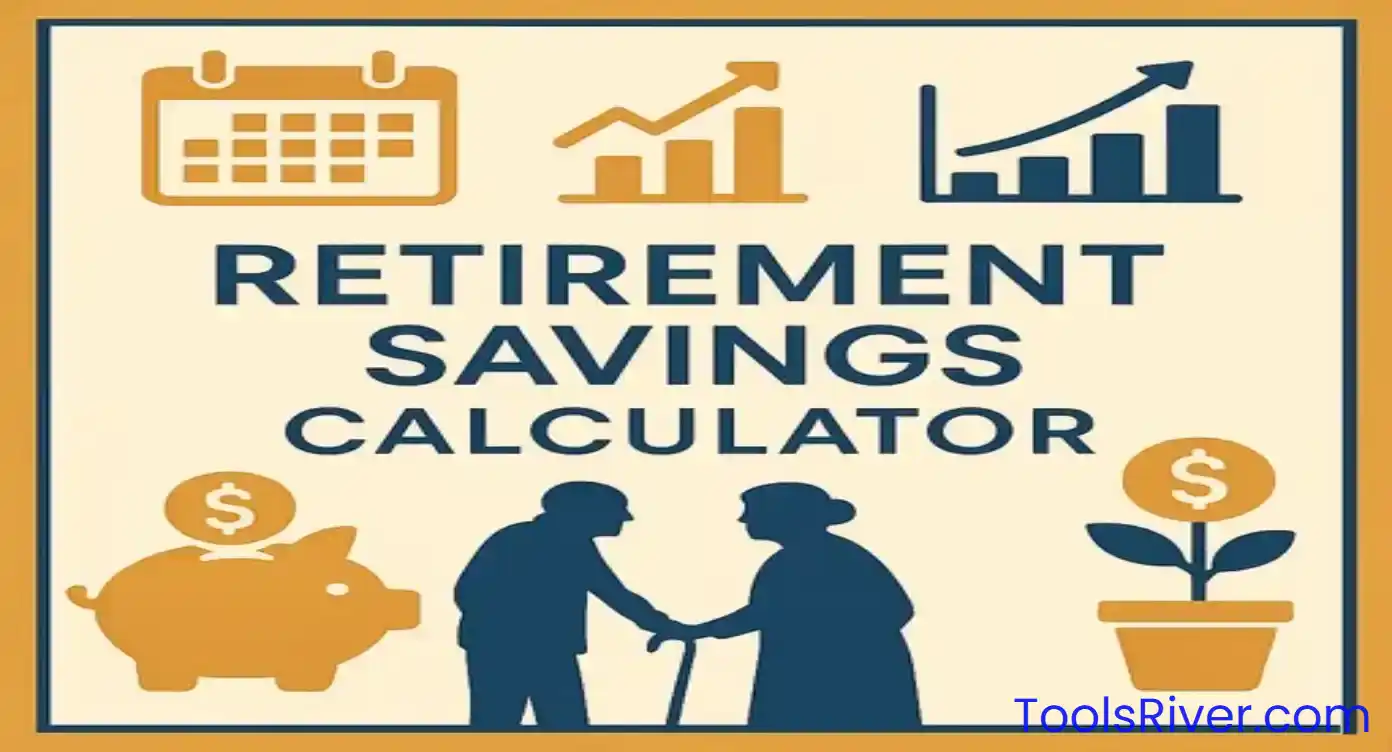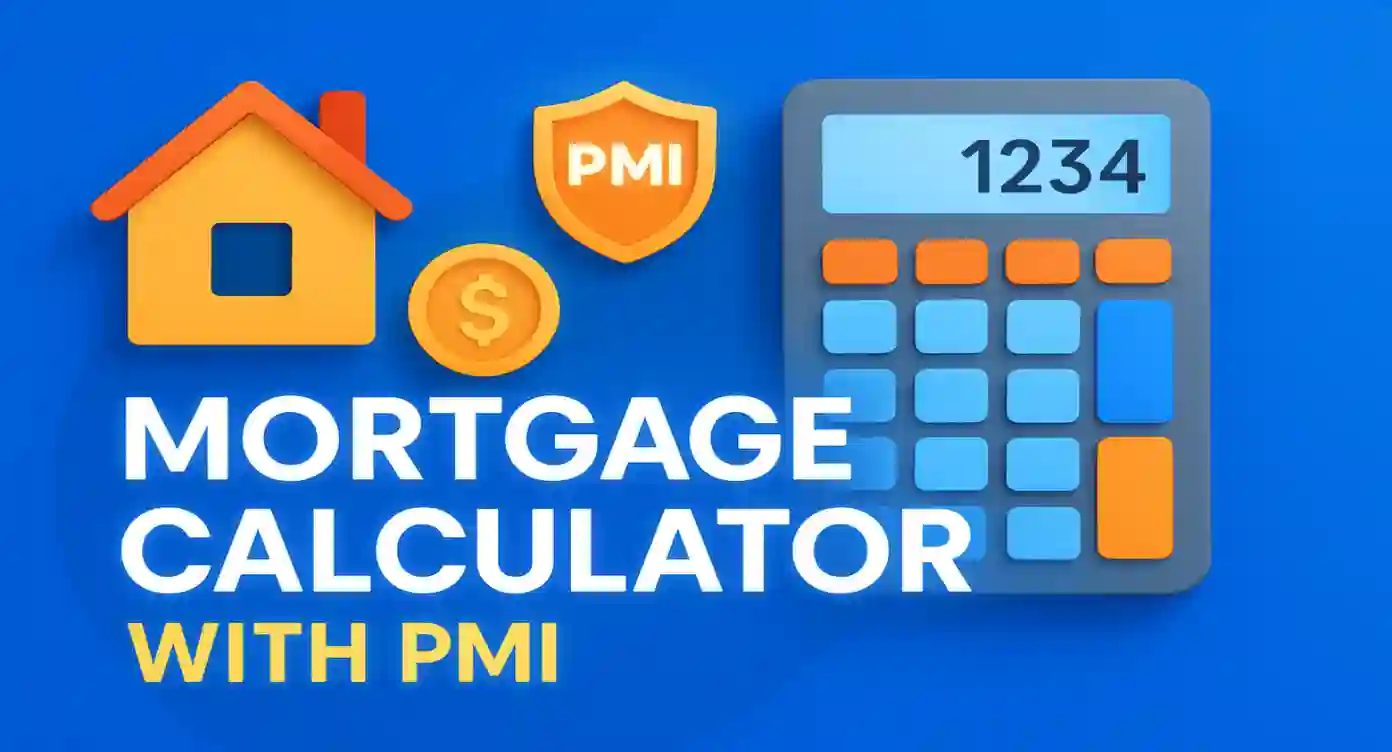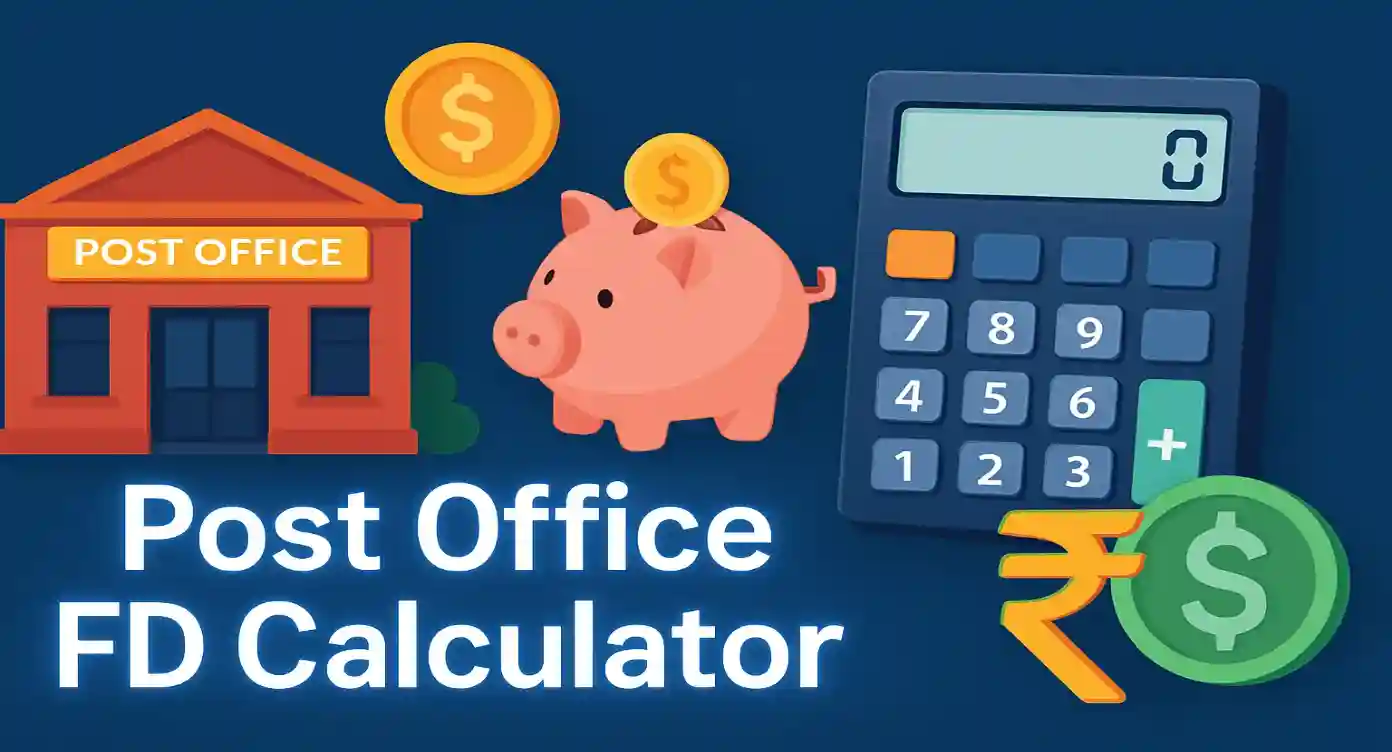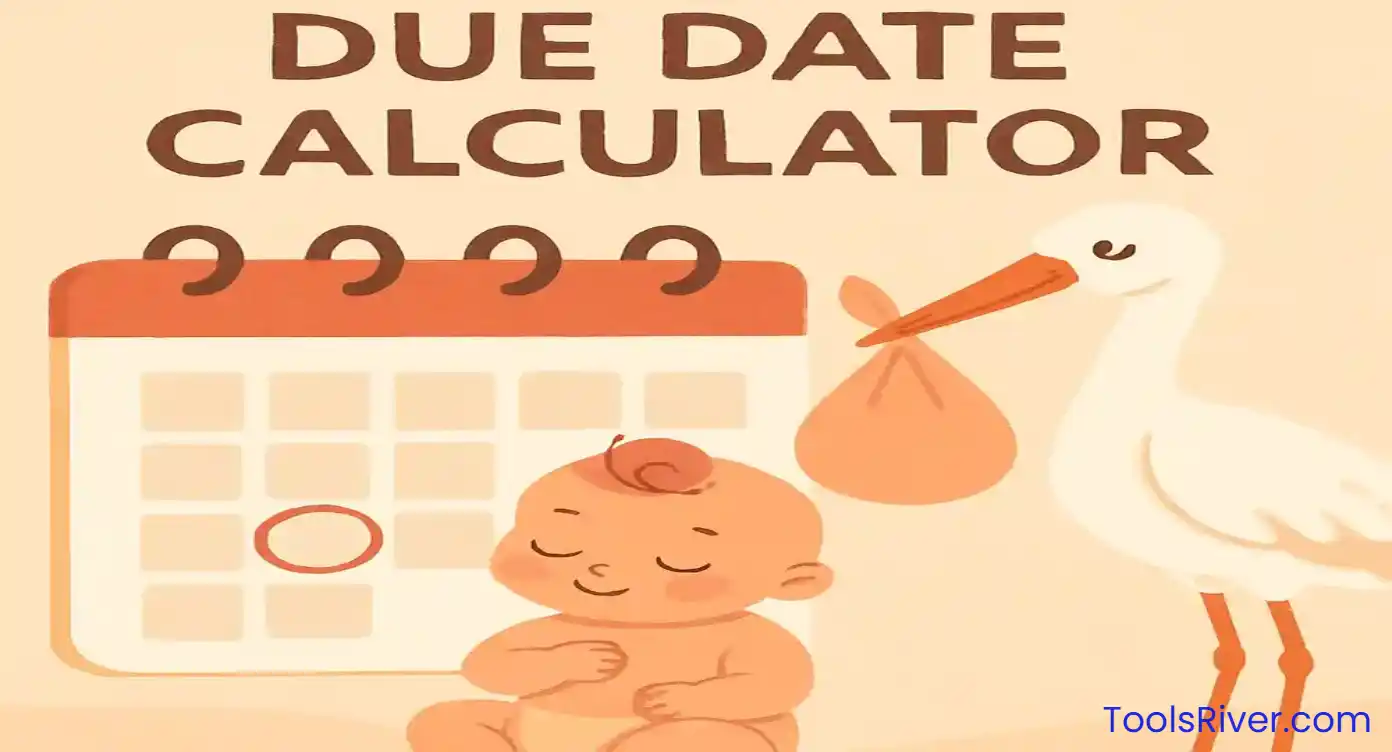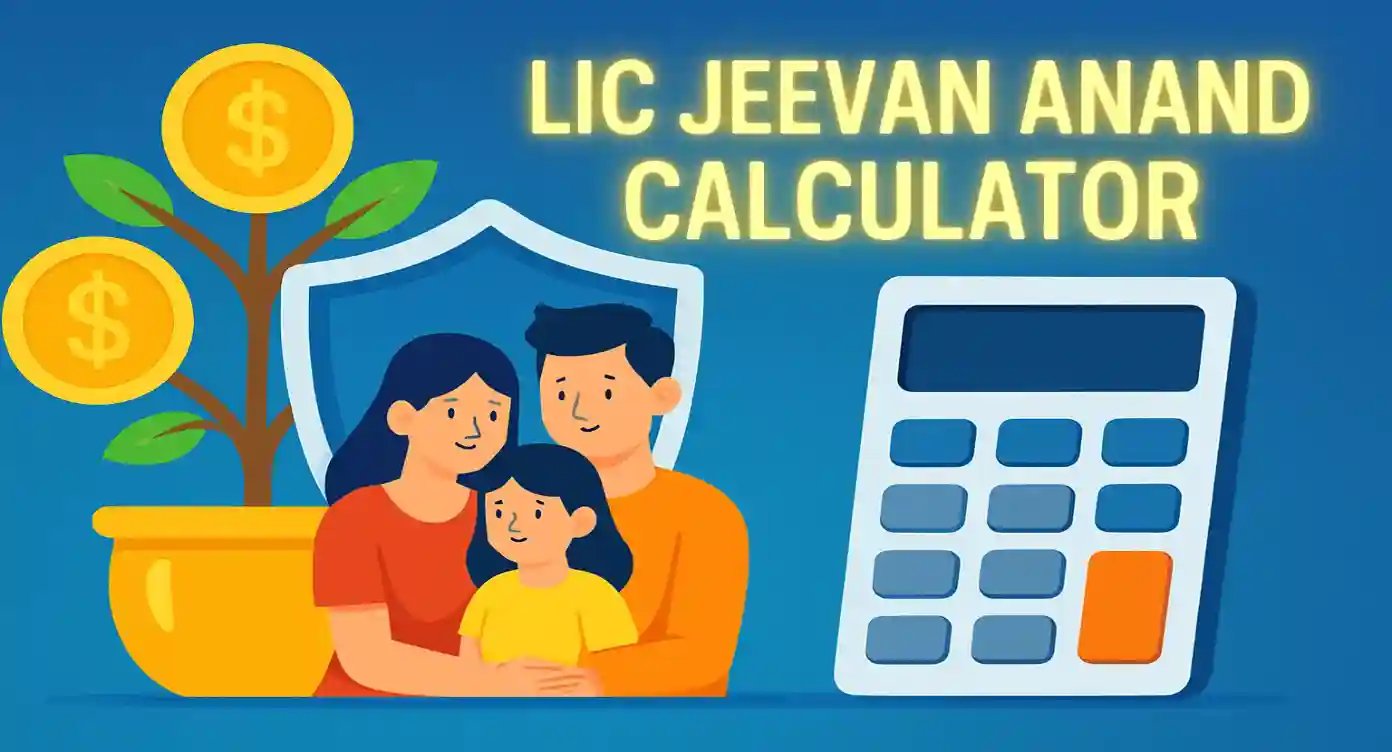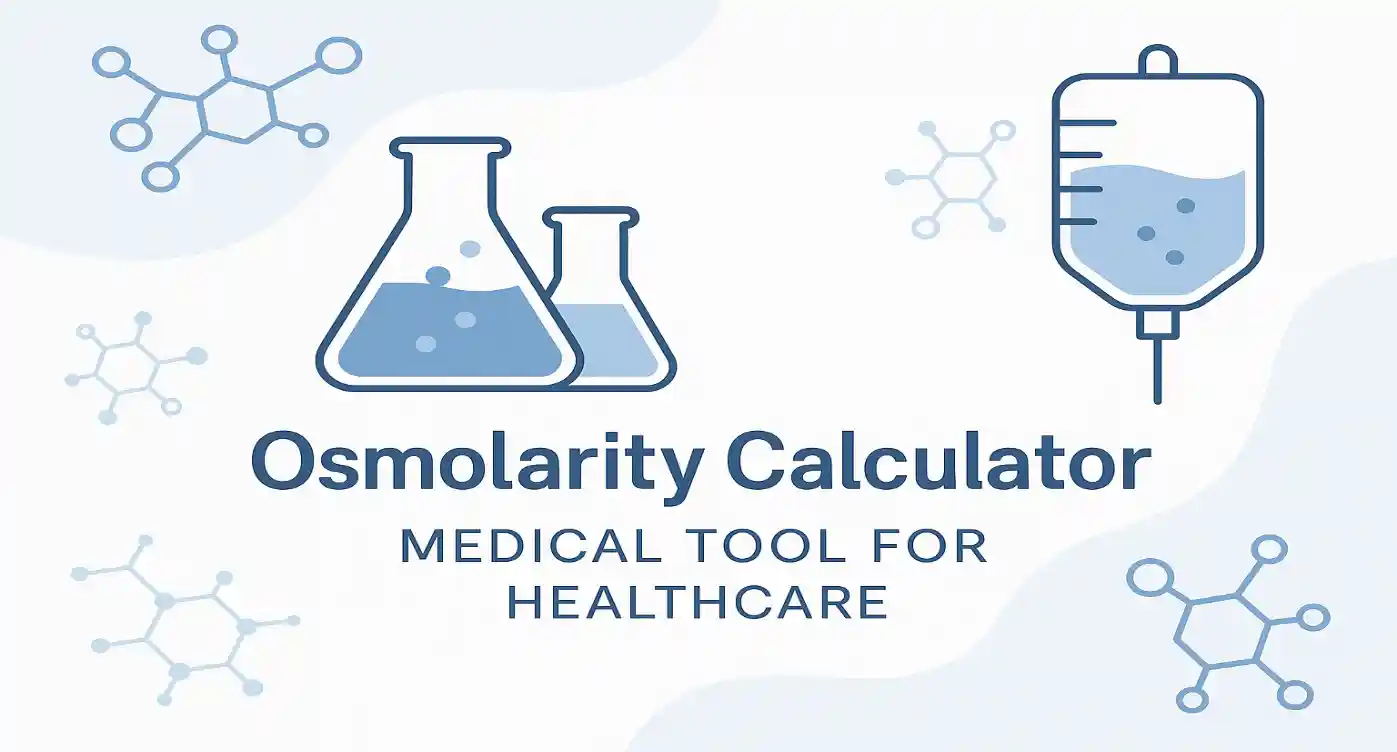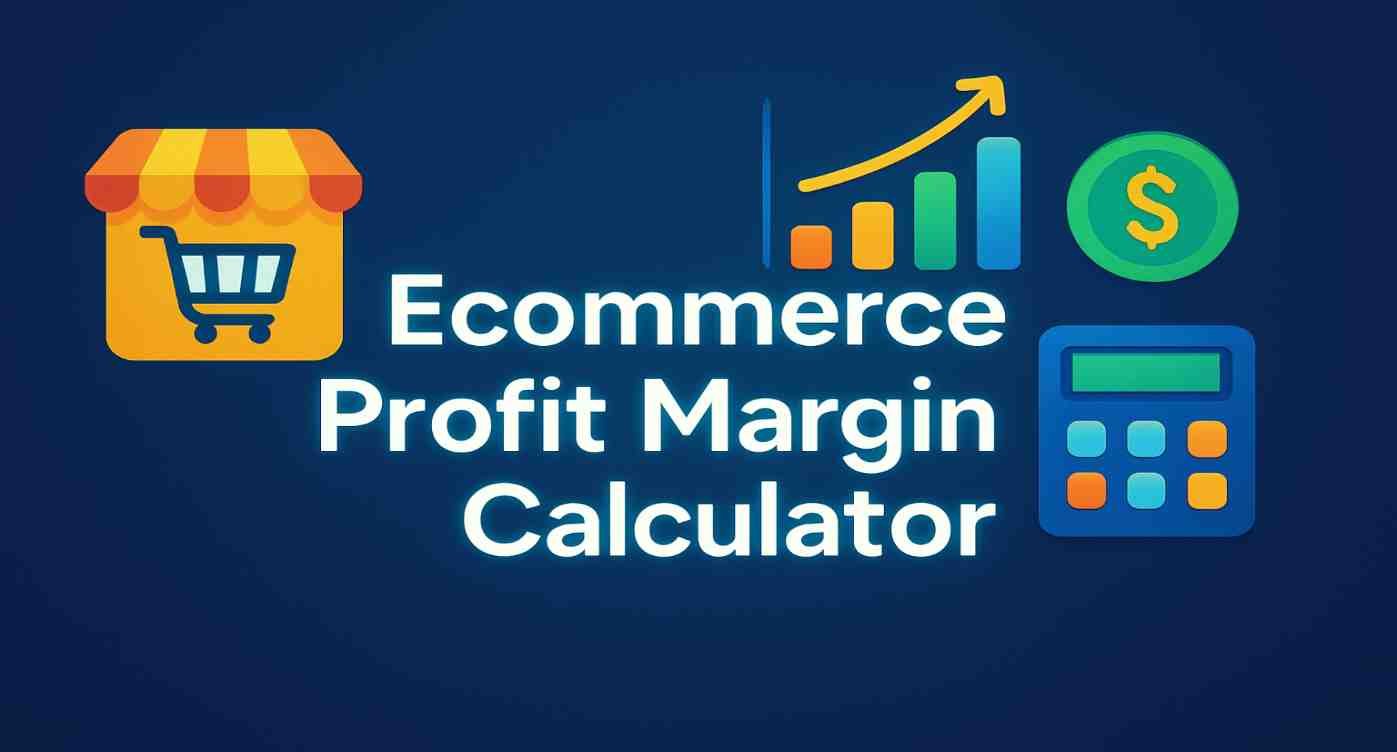Compound Interest Calculator
Calculate the Power of Compound Interest
Discover how your investments can grow exponentially with compound interest. Visualize your financial future with our comprehensive calculator and educational resources.
Compound Interest Calculator
Enter your investment details to see how compound interest can work for you
Investment Results
Compound vs Simple Interest
Investment Growth Visualization
Step-by-Step Calculation
Understanding Compound Interest
Compound interest is the eighth wonder of the world. He who understands it, earns it; he who doesn't, pays it. This famous quote attributed to Albert Einstein highlights the incredible power of compound interest in building wealth over time.
Unlike simple interest, which is calculated only on the principal amount, compound interest is calculated on both the principal and the accumulated interest from previous periods. This creates a snowball effect where your money grows exponentially rather than linearly.
The compound interest formula is: A = P(1 + r/n)^(nt)
- A = Final amount
- P = Principal amount
- r = Annual interest rate (decimal)
- n = Number of times interest is compounded per year
- t = Time in years
Investment Strategies
To maximize the benefits of compound interest, consider these proven strategies:
Start Early
Time is your greatest ally. Starting to invest even small amounts in your 20s can lead to significantly more wealth than starting with larger amounts in your 40s.
Consistent Contributions
Regular monthly contributions, even modest ones, can dramatically increase your final amount through dollar-cost averaging and additional compounding.
Higher Frequency
More frequent compounding (monthly vs. annually) increases your returns. Even daily compounding can make a meaningful difference over long periods.
Reinvest Returns
Always reinvest your dividends and interest payments to maximize the compounding effect. This is often done automatically in retirement accounts.
Complete Guide to Compound Interest
The Rule of 72
The Rule of 72 is a quick way to estimate how long it will take for your investment to double. Simply divide 72 by your annual interest rate. For example, at 8% interest, your money will double in approximately 9 years (72 ÷ 8 = 9).
Real vs. Nominal Returns
Always consider inflation when calculating compound interest. A 7% nominal return with 3% inflation gives you a real return of only 4%. This is crucial for long-term financial planning and retirement calculations.
Tax Considerations
The power of compound interest is maximized in tax-advantaged accounts like 401(k)s and IRAs. These accounts allow your investments to grow tax-free or tax-deferred, preventing taxes from eroding your compound returns.
Common Mistakes to Avoid
- Starting too late - even a few years can cost tens of thousands
- Withdrawing early - breaks the compounding chain
- Not accounting for fees - high fees can significantly reduce returns
- Panic selling during market downturns
- Not increasing contributions with salary raises
Compound Interest Applications
- Retirement planning and 401(k) calculations
- Education savings (529 plans)
- Mortgage and loan calculations
- Business investment analysis
- Emergency fund growth planning
Frequently Asked Questions
What's the difference between compound and simple interest?
Simple interest is calculated only on the principal amount, while compound interest is calculated on both the principal and accumulated interest. This means compound interest grows exponentially, creating significantly more wealth over time.
How often should interest be compounded for maximum benefit?
More frequent compounding generally results in higher returns. Daily compounding typically provides the best results, though the difference between daily and monthly compounding is usually small for most practical purposes.
What's a realistic annual return rate to expect?
Historical stock market returns average around 10% annually, but conservative planning often uses 6-8%. Bond returns are typically lower at 3-5%. Always consider inflation and use real returns for accurate planning.
When is the best time to start investing?
The best time to start investing is now. Due to the exponential nature of compound interest, starting even one year earlier can result in thousands of dollars more at retirement. Time in the market beats timing the market.
How do taxes affect compound interest?
Taxes can significantly reduce compound returns by taking away money that could otherwise compound. Tax-advantaged accounts like 401(k)s, IRAs, and 529 plans help preserve the full power of compound interest by deferring or eliminating taxes on investment growth.
Pro Tips for Maximizing Compound Interest
Start with What You Have
Don't wait for the "perfect" amount. Starting with $50/month is better than waiting to invest $500/month later.
Automate Your Investments
Set up automatic transfers to ensure consistent investing. This removes emotion and ensures you never miss a contribution.
Stay the Course
Market volatility is normal. Stick to your long-term plan and avoid making emotional decisions during market downturns.
Increase Contributions
Increase your contribution rate by 1% annually or whenever you get a raise. This dramatically improves your final results.
Minimize Fees
High fees can reduce your returns by hundreds of thousands over time. Choose low-cost index funds when possible.
Keep Learning
Continue educating yourself about investing and personal finance. Knowledge is your best tool for building wealth.



